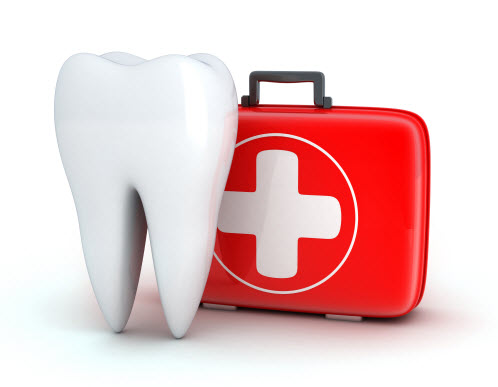Preventative dentistry is the practice of preventing dental caries through oral hygiene and oral health education. It is a type of dental care that, unlike restorative dentistry, focuses chiefly on the prevention of oral disease and decay, rather than its cure. Preventative dentistry includes educating patients about proper brushing and flossing techniques and helping them reduce the risk of developing dental caries through nutritional counseling.
Many of the methods employed to prevent dental caries are like those used in restorative dentistry and can be accomplished through coordination between both dental specialties. For example, the use of fluoride toothpastes and mouth rinses, along with regular professional cleanings, may also improve overall oral health by preventing gum disease as effectively as removal of diseased dental tissue.
It is the practice of preventing oral diseases through the application of basic dental hygiene principles. Preventative dentistry focuses on teaching dental patients about proper cleaning techniques, which fall under two broad categories: proper brushing and flossing.
Proper brushing involves using a soft bristle brush or toothbrush with a wide-tooth comb to thoroughly clean each tooth and gums at least twice a day. To prevent tooth decay and gum disease, it is essential that a patient clean each tooth surface, as well as the inner surfaces of the gums.
Flossing should be performed once a day using the flossing motion in order to remove plaque build-up from between teeth where a toothbrush cannot reach. Since dental floss can break into small pieces under pressure, it is important to make sure that the floss being used is not frayed or torn. Rinsing should also be done with a fluoride solution after brushing. Most dental users can rinse each tooth surface twice with a fluoride rinse.
Aside from brushing and flossing, patients must also be taught proper nutrition in order to avoid dental caries. Nutritional education must be given to the patient in a way that he or she can easily understand on his or her own. Patients should be taught not only what they should avoid when eating but also what foods are beneficial for dental health and habits that may lead to dental problems. Professionals recommend that flossing be done after brushing. This is because most of the tooth decay occurs in teeth that have not been cleaned properly. Dentist in Brampton have identified certain areas of the mouth where tooth decay is more likely to occur, such as those areas with hard-to-reach spots or narrow crevices. The tongue and gums are subject to more decay than any other part of the mouth, due to their acidic nature.
The Prevention Process
In order to prevent tooth decay, it is essential that patients clean each tooth surface as well as the inner surfaces of the gums.
Brushing:
In order to prevent tooth decay, it is essential that patients clean each tooth surface as well as the inner surfaces of the gums. It is not advisable for a person to use their teeth in any form of chewing or biting because this can lead to a build-up of plaque and food particles on the teeth. In addition, it is important for patients to brush their tongues daily with a toothbrush or tongue scraper in order to remove bacteria and reduce that number of bacteria present on the tongue. Some studies have shown that many people who have excess oral yeast may be more likely to experience dental caries because they are producing more acid by-products than those without excess oral yeast. This suggests that brushing one’s tongue can help to reduce the number of acid by-products in the mouth.
Preventing plaque build-up is most easily accomplished if patients can clean at least one tooth surface before they go to bed each night. Patients should brush their teeth until they are free of all dirt, food particles, and plaque. It is important to use a soft bristle brush or toothbrush with a wide-tooth comb in order to thoroughly clean each tooth surface, as well as the inner surfaces of the gums.
Once a patient has cleaned one tooth surface, he or she will then proceed to clean the next tooth surface. Some dental professionals recommend that patients alternate between teeth and gums when cleaning their teeth so that they can clean several surfaces at once.







